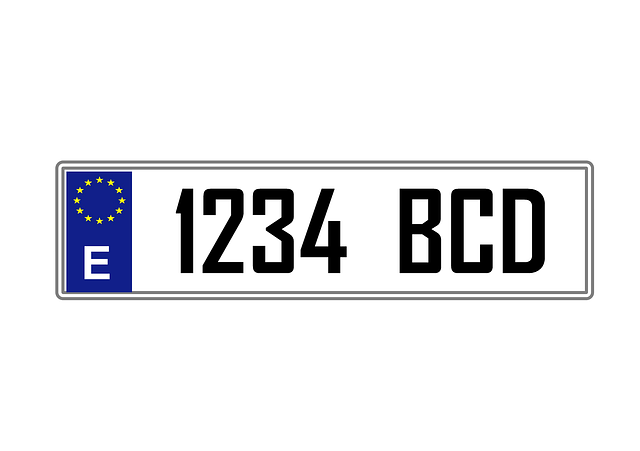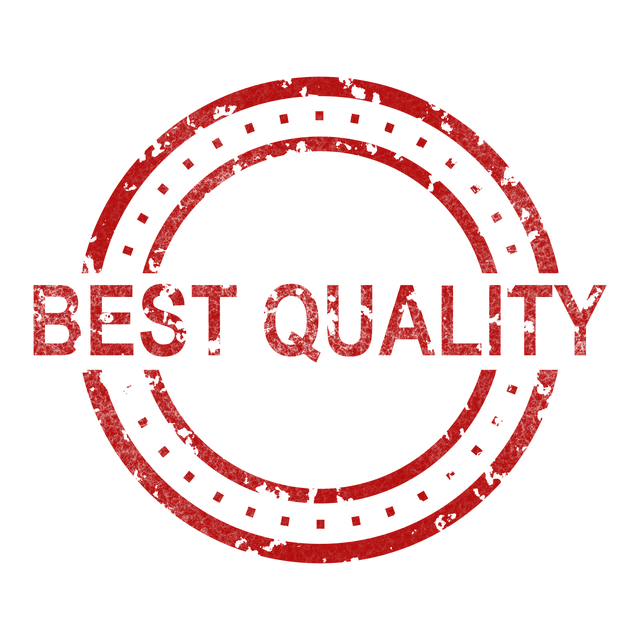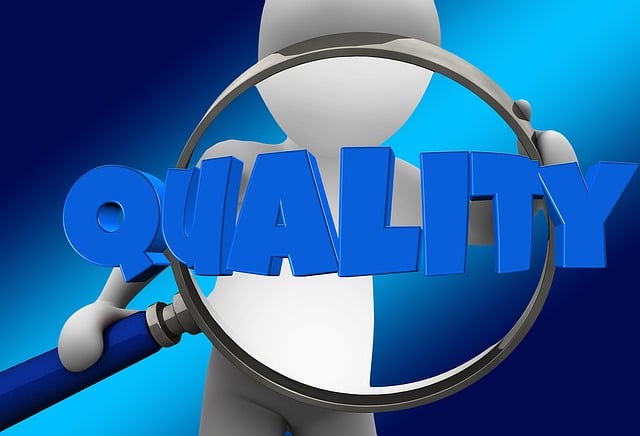Effective communication skills are crucial for success in any professional environment. They include active listening, adaptability, clarity, conciseness, and cultural sensitivity. Skilled communicators blend verbal (speech content, tone) and non-verbal cues (facial expressions, gestures) to connect with diverse audiences. Professionalism requires clear messaging, appropriate context adaptation, and respect for listeners. Strong communication skills are shown in corporate settings, public speaking, social media interactions, and client relationships. Adaptability and conflict resolution are key markers of comprehensive communication skills, vital in dynamic work environments.
Effective communication skills are vital for success in any profession. This article guides you through evaluating key communication competencies, from verbal and non-verbal cues to professionalism in diverse settings. We’ll explore methods to assess adaptability and conflict resolution abilities, essential components of robust communication skills. By understanding these aspects, individuals can enhance their professional presence and foster meaningful connections. Discover practical strategies to measure and improve your communication skills, ensuring you stand out in today’s competitive landscape.
- Define Key Communication Competencies
- Evaluate Verbal and Non-Verbal Cues
- Assess Professionalism in Various Settings
- Measure Adaptability and Conflict Resolution Abilities
Define Key Communication Competencies
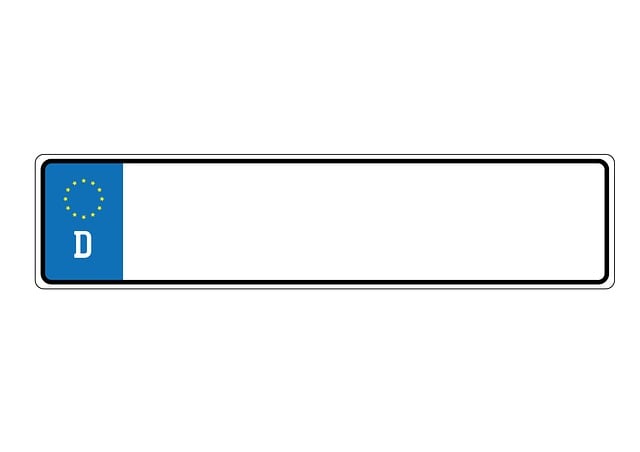
Effective communication is a cornerstone of any successful professional environment. To thrive, individuals must possess a robust set of communication competencies that facilitate clear and concise expression. Key communication competences include active listening, where professionals demonstrate focused attention and understanding, fostering an environment conducive to open dialogue.
Additionally, adaptability in communication styles is vital. Professionals should be adept at tailoring their message to suit diverse audiences, whether presenting complex ideas succinctly to executives or providing detailed explanations to colleagues. Clarity, conciseness, and cultural sensitivity are also hallmarks of strong communication skills, ensuring that information is accurately conveyed and received, promoting inclusive collaboration within a globalized workplace.
Evaluate Verbal and Non-Verbal Cues

Evaluating verbal and non-verbal cues is an essential aspect of assessing communication skills. Verbal cues include the content, clarity, and tone of speech, while non-verbal cues encompass facial expressions, gestures, and body language. A skilled communicator effectively uses both types of cues to convey messages that resonate with their audience. For instance, a speaker who maintains eye contact, employs appropriate hand gestures, and adopts an open posture signals confidence and engagement, enhancing the overall delivery. Conversely, poor non-verbal communication, such as avoidance of eye contact or rigid body language, can undermine even well-crafted verbal messages.
Professionalism is closely tied to these cues, as they reflect an individual’s respect for their audience and ability to adapt their communication style accordingly. A professional communicator respects the time and attention of others, ensuring that both verbal and non-verbal signals are appropriate, clear, and consistent with the context. This includes using simple and straightforward language in formal settings while incorporating humor or more casual tone in informal environments, all while maintaining a polished and respectful demeanor.
Assess Professionalism in Various Settings
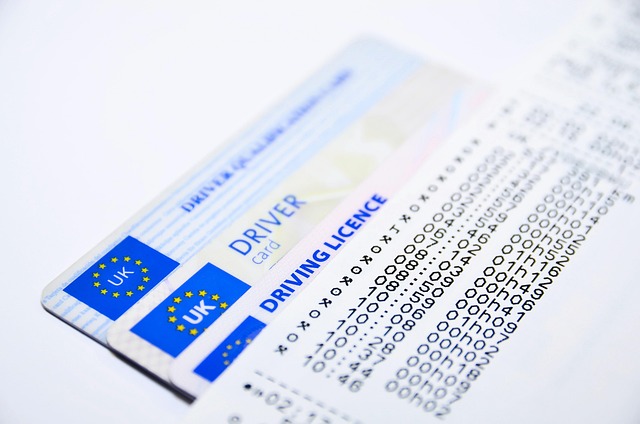
In assessing professionalism, it’s crucial to consider how individuals communicate and behave across different settings. In corporate environments, strong communication skills manifest as clear and concise presentations, active listening during meetings, and effective written documentation. A professional approach includes adhering to deadlines, maintaining a polished appearance, and demonstrating respect for colleagues and clients.
Beyond the office, professionalism can be gauged through public speaking engagements, social media interactions, and client relationships. Effective communication involves adapting one’s tone and language to suit the context while consistently projecting confidence and expertise. Ultimately, communication skills serve as a powerful indicator of an individual’s dedication to their field and their ability to foster meaningful connections.
Measure Adaptability and Conflict Resolution Abilities

Evaluating an individual’s adaptability and conflict resolution skills is a crucial aspect of assessing comprehensive communication skills. In dynamic work environments, employees often face unexpected changes and challenges that demand quick adjustments. The ability to adapt demonstrates flexibility, resourcefulness, and comfort in navigating uncertain situations, all of which are key markers of strong communication. During performance evaluations or role-play scenarios, observe how candidates respond to sudden shifts, embrace new ideas, and adjust their communication strategies accordingly.
Conflict resolution is another critical skill that falls under the umbrella of effective communication skills. Professionals who excel in this area can de-escalate tensions, foster collaboration, and arrive at mutually beneficial outcomes. Assessing conflict resolution abilities involves scrutinizing how individuals handle disagreements, manage emotions, and employ constructive communication techniques. Through case studies or mock negotiations, assess their ability to listen actively, identify underlying issues, propose creative solutions, and maintain professionalism throughout the process.









